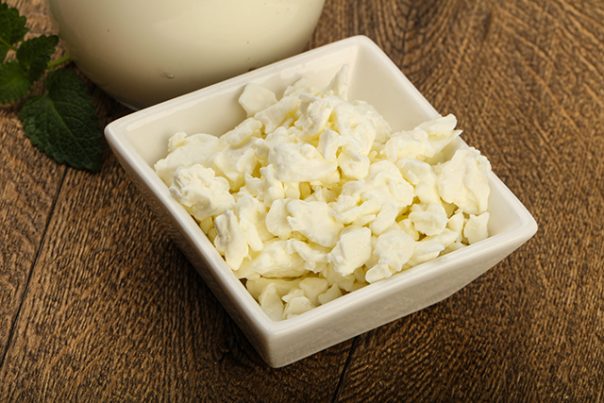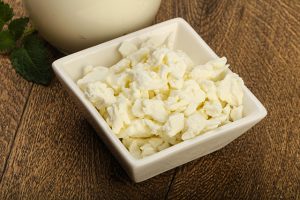
Carboxymethylcellulose — toxicity, side effects, diseases and environmental impacts
Thursday, December 07, 2017 by Michelle Simmons
http://www.naturalpedia.com/carboxymethylcellulose-toxicity-side-effects-diseases-and-environmental-impacts.html

Carboxymethylcellulose is particularly used as a thickening agent, but it is also used as a filler, dietary fiber, anti-clumping agent, and emulsifier. It is made from cellulose, which is the main polysaccharide and makes up the woody parts and cell walls of plants. It is commercially made from wood and is chemically modified. This compound is similar to cellulose, but is also very soluble in water.
Carboxymethylcellulose can also be identified via its alternate names, such as cellulose gum, carboxymethyl cellulose, sodium carboxymethyl cellulose, CMC, modified cellulose, and cellulose gel, and it has an E number of E466.

List of known side effects
According to an article by HealthLine.com, carboxymethylcellulose is an additive and not a whole food ingredient. It may be labeled as a “dietary fiber” on the packaging of food products, but the Center for Science in the Public Interest warns that cellulose gum or carboxymethylcellulose is not as healthy as the fiber found in natural foods. Furthermore, it may cause allergic reactions to some people.
In an article on LiveStrong.com, it says that carboxymethylcellulose is not really harmful in small amounts. However, consuming large amounts of cellulose gum may add bulk to feces and may have a slight laxative effect. This is because it passes through the digestive system without being absorbed, degraded, or digested. In addition, consuming large amounts of cellulose gum may decrease the nutritive value in the food you consume.
Moreover, as mentioned in an entry on BeFoodSmart.com, it may cause intestinal problems, such as flatulence, diarrhea, and cramping. It may also slightly lower the blood cholesterol level. Meanwhile, there is no information on the harmful effect of carboxymethylcellulose to the environment.
Body systems affected by carboxymethylcellulose
There are only a few body systems that carboxymethylcellulose can adversely affect. These include the integumentary system and the digestive system as it may cause allergic reactions, flatulence, diarrhea, and cramping.
Items that can contain carboxymethylcellulose
According to another entry on BeFoodSmart.com, some of the items that can contain carboxymethylcellulose are usually found in food products, such as ice cream, processed cheese, beverages, infant formula, cottage cheese, cream cheese, dressings, desserts, concentrated juice, beer, jams, jellies, and cake frosting. On the other hand, it can also be found in non-food items, such as K-Y jelly, toothpaste, laxatives, hand cream, antacids, diet pills, water-based paints, detergents, different paper products, artificial tears, and in laundry detergents.
How to avoid carboxymethylcellulose
In order to avoid carboxymethylcellulose it is important to read the labels on food products, particularly the nutrition facts table and ingredient list. In addition, carboxymethylcellulose can be avoided by refraining from using or consuming these products: ice cream, dressing, cheese, icing, toppings, gelatinous desserts, infant/baby formula, candy, cottage cheese, cream cheese spread, K-Y jelly, toothpaste, laxatives, hand cream, antacids, diet pills, water-based paints, detergents, different paper products, artificial tears, and laundry detergents.
Where to learn more
- Common food additive linked to colon cancer and intestinal inflammation
- Common food additives found to trigger colon cancer, study finds
- Food preservatives and chemical additives found to promote obesity… is this why America is so overweight?
- Toxins.news
- Chemicals.news
Summary
Carboxymethylcellulose is made from cellulose and is used as a thickening agent, filler in foods, dietary fiber, anti-clumping agent, and emulsifier. Other names for carboxymethylcellulose include cellulose gum, carboxymethyl cellulose, sodium carboxymethyl cellulose, CMC, modified cellulose, cellulose gel, and E466.
Carboxymethylcellulose may cause allergic reactions to some people.
Carboxymethylcellulose may have a laxative effect and may cause digestive problems, such as flatulence, diarrhea, and cramping, when consumed in large amounts.
Carboxymethylcellulose may adversely affect the digestive and integumentary systems.
Sources include:
Tagged Under: Tags: Carboxymethylcellulose





